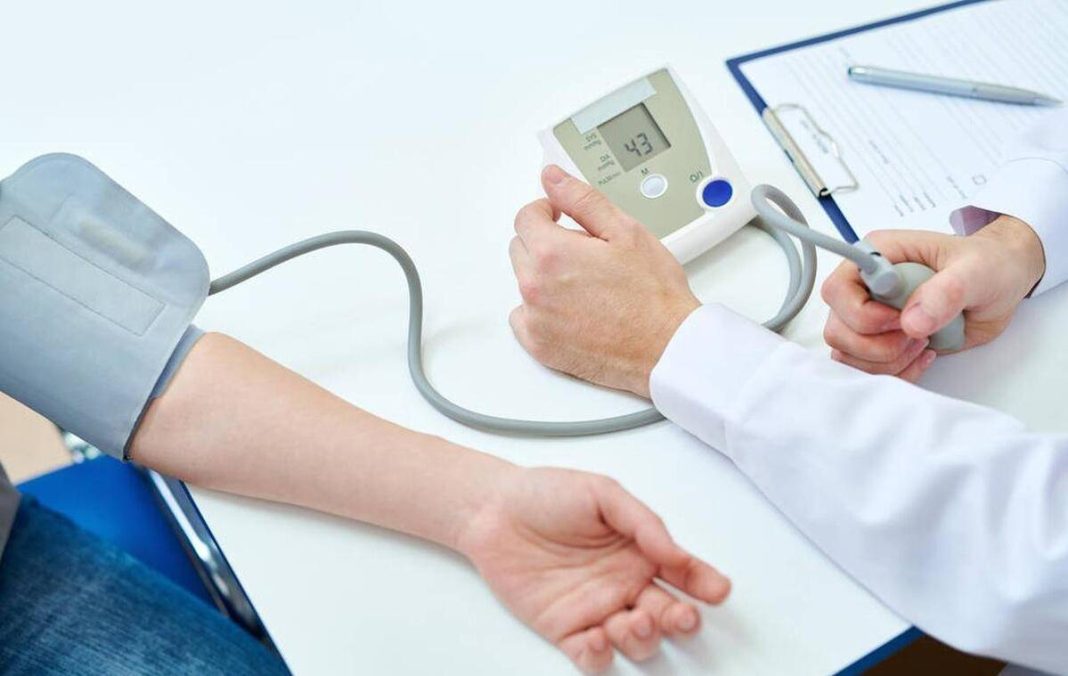A friend left a message for Hua Zi, saying he heard that Azilsartan has good blood pressure lowering effects. However, after taking it for several days, his blood pressure did not decrease and remained high. Why is this so?
Hua Zi said, there could be many reasons for this. For example, the blood pressure lowering effect of antihypertensive drugs takes time to show, and if the duration of medication is too short, the optimal efficacy may not be achieved. Individual differences can also play a role, where some individuals may not be sensitive to the medication. Secondary hypertension can also lead to poor drug efficacy. Moreover, over 70% of hypertensive patients who use monotherapy struggle to control their blood pressure effectively.
I. Blood pressure-lowering effect of Sartans
The human body has an important regulatory system for blood pressure known as the Renin-Angiotensin-Aldosterone System (RAAS). Angiotensin II within this system is a powerful vasoconstrictor that can significantly increase blood pressure. Sartan drugs belong to the Angiotensin II receptor blockers (ARBs), which can block the vasoconstrictive effects of Angiotensin II on blood vessels.
Among the commonly used 5 classes of antihypertensive drugs (calcium channel blockers, sartans, ACE inhibitors, beta-blockers, diuretics), Sartans generally have a good blood pressure lowering effect. Among them, Telmisartan has the greatest single-pill blood pressure lowering effect, even being called the “strongest antihypertensive drug in history.” Furthermore, Sartans have fewer adverse reactions compared to other antihypertensive drugs.
II. Characteristics of Sartans’ action
Sartan drugs have a strong blood pressure lowering effect, but the onset of action is slow. It usually takes 3 to 6 weeks to achieve the optimal blood pressure-lowering effect. Therefore, after taking Sartans, at least 1 to 2 weeks of observation are needed to determine the specific effects of the drug before adjusting the medication. Hence, patience is required when using Sartans.
Sartans lower blood pressure by inhibiting Angiotensin II, but in individuals with low renin levels, such as the elderly who generally have decreased renin levels, the blood pressure lowering effect of medications acting on the RAAS system, such as Sartans and ACE inhibitors, might be less effective. In such cases, drugs like calcium channel blockers and diuretics could be more effective.
III. Nature of hypertension
If hypertension is secondary to other conditions like kidney diseases (nephritis, renal tumors, renal vascular diseases, etc.), obstructive sleep apnea syndrome, Cushing’s syndrome, hyperthyroidism, anxiety, or the use of certain drugs that can raise blood pressure, controlling blood pressure solely through antihypertensive drugs can be challenging if these underlying factors are not addressed.
For most people with hypertension, controlling blood pressure with a single antihypertensive drug is difficult. On average, the blood pressure-lowering effect of monotherapy is limited to 10mmHg or lower. If the initial blood pressure is over 160mmHg, it is almost impossible to achieve target blood pressure with a single antihypertensive drug. More than 70% of hypertensive patients require a combination of multiple drugs to achieve target blood pressure.
IV. Proper use of Sartan drugs
Prior to taking medication, it is necessary to consult a doctor to check for secondary hypertension and medication contraindications. For instance, renal artery stenosis is a contraindication for Sartans as it can cause high blood pressure. It is recommended to continue medication for 2 weeks, observe the effects, and adjust the medication as needed based on individual circumstances.
The efficacy of Sartans is relatively low when used alone in elderly hypertensive patients, and they usually need to be combined with diuretics or calcium channel blockers. However, adding diuretics can lead to low blood pressure, so Sartans should be initiated at a low dose.
While Sartans and beta-blockers overlap in their blood pressure-lowering mechanisms, combination therapy is not recommended for simple hypertension. But for individuals with coronary heart disease, heart failure, or tachycardia, combination therapy of Sartans with beta-blockers is suitable. Sartans have a similar pharmacological mechanism to ACE inhibitors, leading to increased adverse reactions, so they should not be combined.
In conclusion, Sartan drugs have a strong blood pressure-lowering effect, but various factors can influence their efficacy. Common reasons include insufficient duration of medication and individual differences, as well as the impact of secondary hypertension. For most people, effective blood pressure control requires a combination of multiple antihypertensive drugs under medical guidance.
If you have any doubts about medication, please consult a doctor or pharmacist. I am pharmacist Hua Zi, feel free to follow me for more health information.


